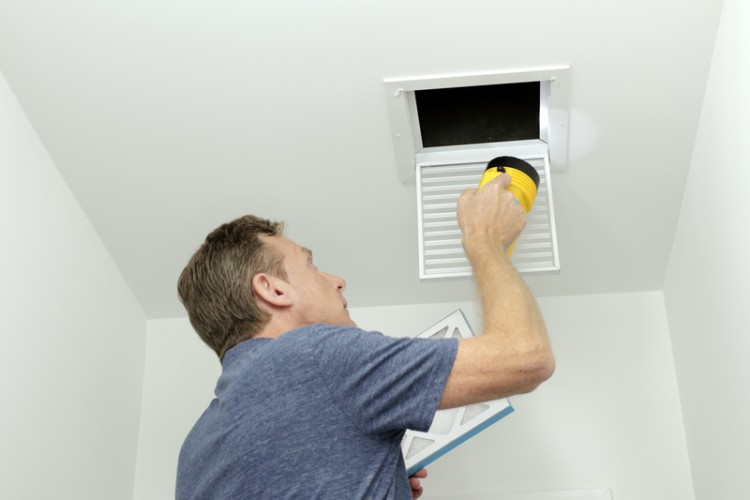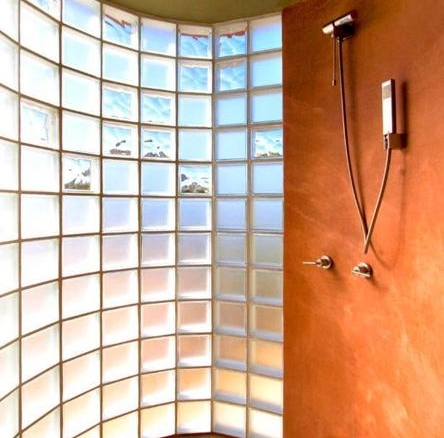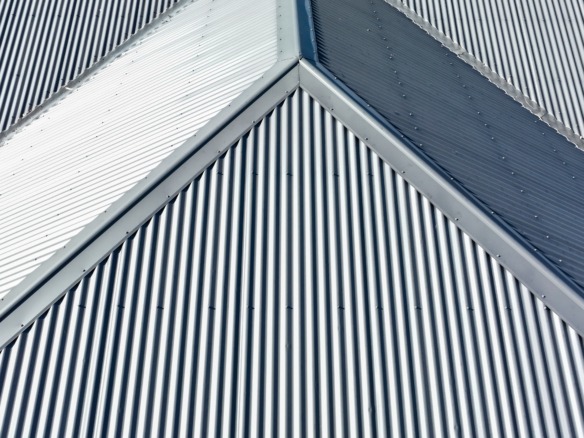Understanding the Importance of Duct Cleaning
Air ducts are integral to your home’s heating, ventilation, and air conditioning (HVAC) system, responsible for distributing conditioned air throughout your living spaces. They aim to ensure a comfortable and consistent indoor environment by delivering warm or cool air to different rooms. Over time, however, these ducts can become a haven for dust, debris, and contaminants.
Picture this: as air flows through the ducts, it carries tiny particles such as dust, pollen, pet dander, and even mould spores. These particles gradually settle and accumulate within the ductwork. This accumulation not only hampers the efficiency of your HVAC system but also poses potential health risks.
Why Should You Use Ducted Air Conditioners?
Ducted air conditioning systems offer several compelling reasons to consider their use in residential and commercial spaces. If you’re considering the best cooling solution for your home, let’s talk about the benefits of ducted air conditioning and why you should use this efficient system. Ducted air conditioning offers various advantages, making it a popular choice among homeowners.
Here are some key benefits:
Whole-House Cooling: Ducted systems are designed to cool an entire building efficiently. They distribute cool air evenly throughout all rooms via ducts and vents. It eliminates hot spots and ensures a consistent and comfortable indoor environment.
Aesthetic Appeal: Ducted systems are discreet, as the main components are hidden within the walls or ceiling. It preserves your space’s aesthetics since no bulky units are visible indoors.
Zoned Cooling: Ducted systems can be divided into zones, allowing you to control the temperature independently in different areas of your home or office. It enhances energy efficiency by cooling only the spaces that are in use.
Energy Efficiency: Modern ducted systems often have energy-saving features such as variable-speed fans and programmable thermostats. These technologies help optimise energy usage and reduce utility bills.
Quiet Operation: The main noise-producing components of ducted systems are located outside or in non-living spaces, making them softer than other cooling options.
Enhanced Air Quality: Ducted systems can include air filtration and purification options, which help to remove allergens, dust, and pollutants from the air, improving indoor air quality.
Factors Influencing Duct Cleaning Frequency
You should clean your ducts based on several factors, tailoring the frequency to your unique circumstances.
Climate and Environmental Conditions
If you live in an area with high air pollution or pollen levels, your ducts are more likely to accumulate contaminants quickly. Regions with extreme weather conditions may also see more dust and debris indoors.
Presence of Pets and Allergens
If you have pets, their fur and dander can find their way into your ducts, exacerbating the need for cleaning. Similarly, if you’re prone to allergies, maintaining clean ducts becomes vital to ensure allergens won’t circulate through your home.
Occupant Sensitivity to Indoor Air Quality
Families with members susceptible to indoor air quality—such as infants, elderly individuals, or those with respiratory conditions—should consider more frequent duct cleaning to safeguard their health.
Renovation or Construction Activities
If you’ve recently undergone renovations or construction in your home, dust and debris from these activities can infiltrate your ducts, demanding a cleaning to prevent their redistribution.
Previous Maintenance History
Regular maintenance, including air filter changes and general HVAC servicing, can affect how quickly your ducts accumulate contaminants. If we need to address care, we should clean more frequently.
Recommended Duct Cleaning Intervals
While a general guideline suggests cleaning your ducts every 3 to 5 years, certain conditions may warrant more frequent attention.
Allergies or Respiratory Issues: If you or your family members experience allergies or respiratory problems, it’s wise to schedule duct cleaning every 2 to 3 years. Clean ducts can significantly reduce allergens and irritants in your indoor air.
High Pollution or Pollen Levels: If you live in an area with high levels of pollution or during pollen-heavy seasons, consider more frequent cleaning, around every 2 to 3 years, to combat the influx of contaminants.
Pets in the Household: Pet owners should aim for duct cleaning every 2 to 3 years due to the inevitable accumulation of pet hair and dander, which can harm indoor air quality.
Professional Inspection for Accurate Assessment:
We recommend conducting a professional inspection to determine the optimal cleaning frequency for your specific situation. Trained technicians and professionals like Cyber Air Conditioning can assess the extent of contamination and advise you on the best cleaning schedule.
Breathe Easier with Regular Duct Cleaning
In conclusion, the frequency of duct cleaning depends on various factors, ranging from environmental conditions to occupant sensitivities. While a general guideline recommends cleaning your ducts every 3 to 5 years, it’s crucial to stay vigilant and attentive to signs that indicate the need for cleaning. Regular maintenance enhances indoor air quality, safeguards your health, and contributes to your HVAC system’s overall efficiency and lifespan.
By prioritising the cleanliness and maintenance of your air ducts, you’re investing in the well-being and comfort of your home. Breathe easier, knowing that clean and well-maintained ducts support a healthier living environment for you and your loved ones.




